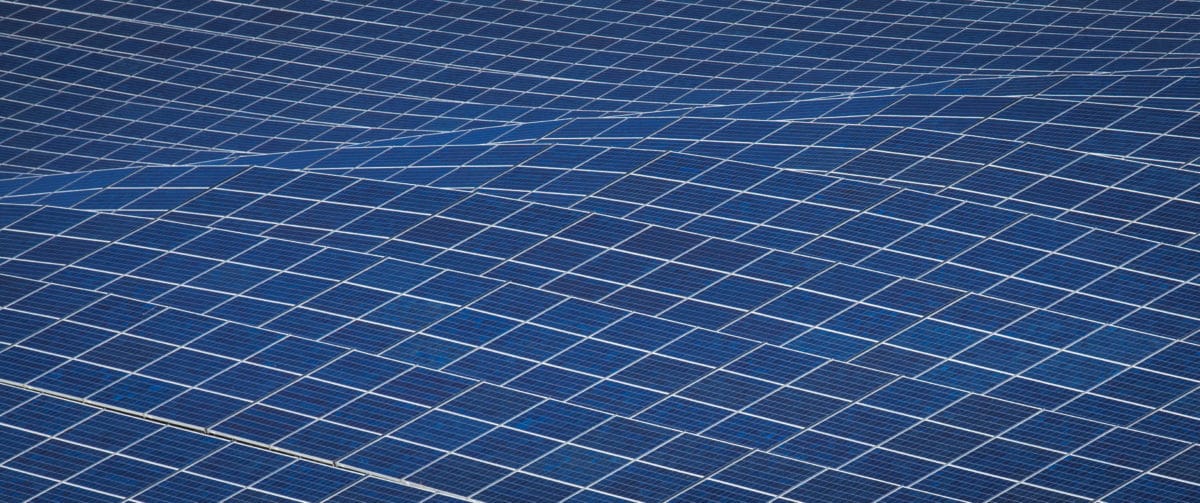Our weekly roundup of really big solar covers projects that are 100 MW and above. Here are some massive, worthy projects of note that didn’t quite make that list.
Ohio regulators gave the go-ahead to the contentious 80-megawatt Nestlewood solar project in southwestern Ohio after pausing the effort this past October. Projects totaling 500 MW have broken ground in Ohio in the first three months of 2020. Source: Columbus Dispatch
Florida goes solar in Citrus County: Members of the Citrus County Planning and Development Commission voted to recommend county commissioners approve Pattern Development’s conditional-use request for the $100 million, 75 MW Crystal River Solar 2 plant deploying roughly 250,000 solar panels. Source: Citrus County Chronicle
Wisconsin’s Badger Hollow, a 300 MW solar farm in Iowa County that will be one of the largest solar farms in the nation, has been delayed as a result of the coronavirus pandemic. Wisconsin Public Service and Madison Gas and Electric notified regulators that completion will be in April 2021, four months later than originally planned. Source: Wisconsin State Journal
Origis Energy entered a virtual power purchase agreement with Royal DSM for renewable electricity from the Rockhound Solar C project. Once constructed in Ector County, Texas, renewable energy credits from the 78 MW solar farm will support DSM’s RE100 goals. Rockhound Solar C was developed, financed and will be constructed by Origis Energy.
Alabama and Florida’s PowerSouth Energy Cooperative and Origis Energy entered a power purchase agreement for Wing Solar, an 80 MW solar project to be constructed in Covington County, Alabama and scheduled to come online in late 2022. PowerSouth is a generation and transmission cooperative.
Wärtsilä is delivering a 70 MW energy storage project in the California Independent System Operator energy market. The lithium iron phosphate battery energy storage system will be paired with the Wärtsilä GEMS software platform. The project will be completed in mid-2020. “There are no government programs or regulations in place that incentivized this build,” said Risto Paldanius, business development director at Wärtsilä Energy Business. Source: Wärtsilä
The U.S. DOE, with support from NREL, kicked off the Solar Desalination Prize, a $9 million competition designed to accelerate the development of systems that use solar-thermal energy to produce clean drinking water from salt water. Electricity costs account for up to half the expenses for state-of-the-art desalination plants, which have difficulty treating very-high-salinity water. Solar-thermal power, in the form of either electricity or heat, could reduce the cost of desalination from high-salinity sources, such as produced water from subsurface oil and gas extraction.
This content is protected by copyright and may not be reused. If you want to cooperate with us and would like to reuse some of our content, please contact: editors@pv-magazine.com.








The solar system project looks very nice to work there